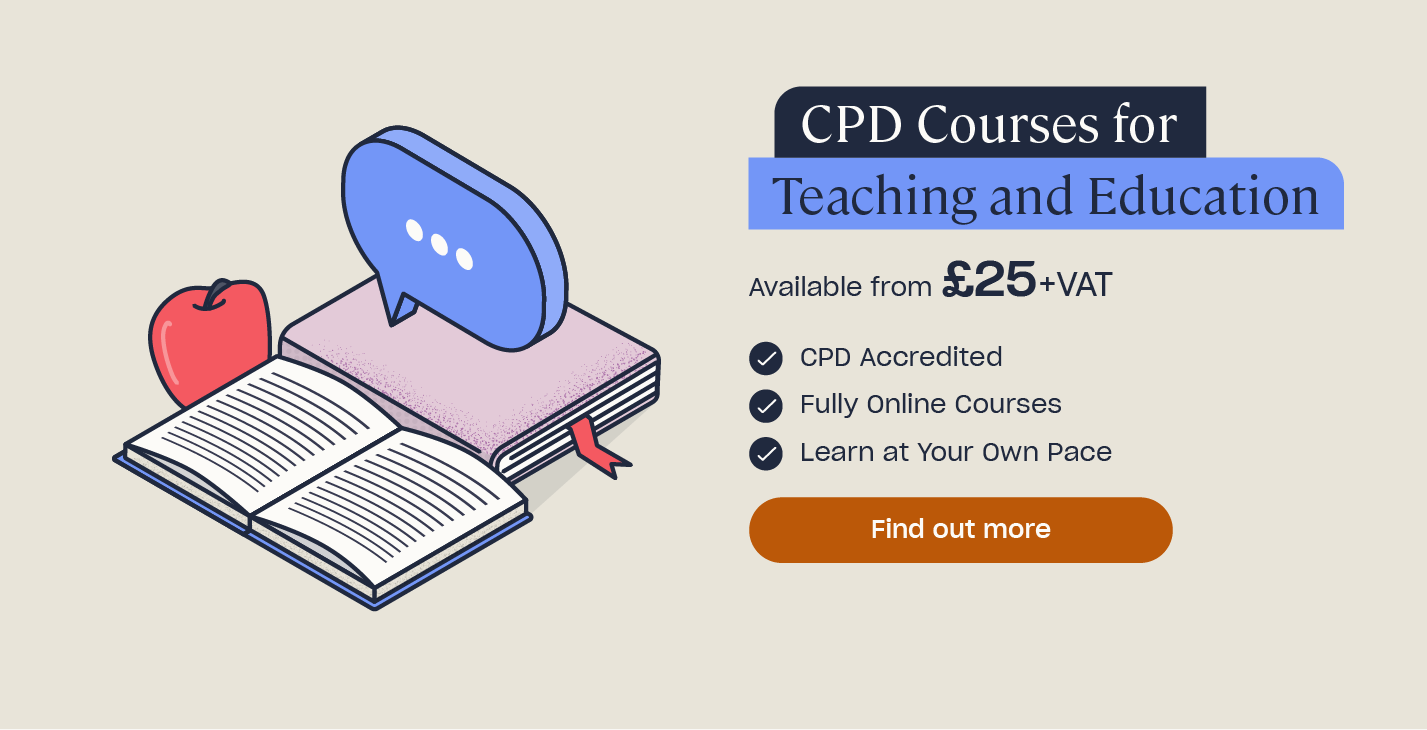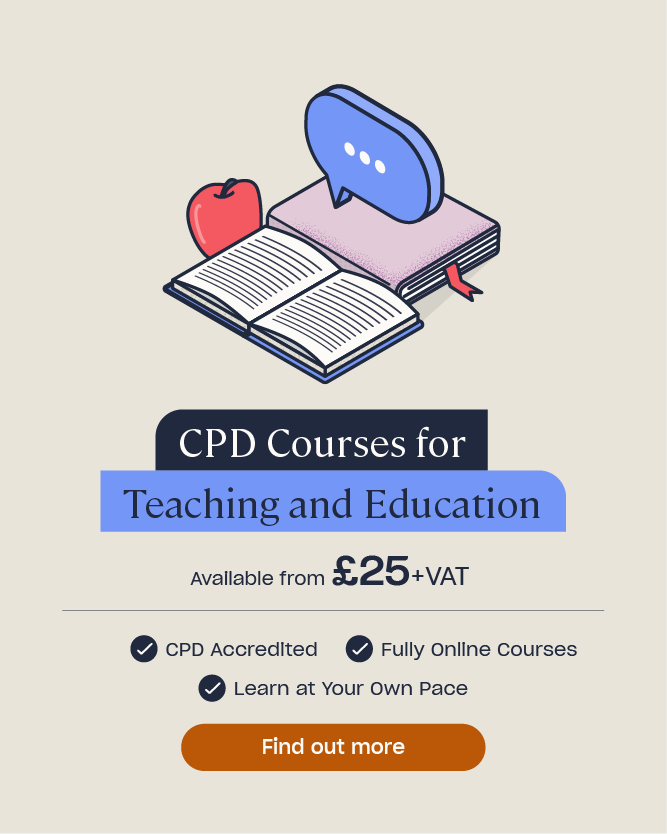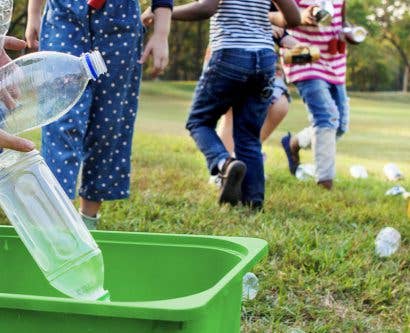What is Expeditionary Learning?
Expeditionary learning is becoming more common in schools that want to veer away from traditional, desk-based classroom education and provide their students with a more hands-on experience. For teachers, adopting this learning style can bring many benefits and can encourage students to be much more engaged with their education. In this article, we’ll cover what expeditionary learning is, the benefits and challenges of expeditionary learning and provide some examples of how to incorporate expeditionary learning into your teaching.
What is Expeditionary Learning?
Expeditionary learning is a teaching method that involves taking students out of the classroom and into the world around them in order to learn. It’s a holistic approach to learning that encourages children to engage in real-life experiences through fieldwork, projects and learning expeditions, with the aim of developing both their academic and personal skills.
A learning expedition is any experience outside of the traditional classroom where students do hands-on projects in order to explore the curriculum. It usually involves challenges, problem solving and working collaboratively as a team in order to achieve a set goal. It requires students to have initiative, perseverance, empathy and resilience in order to succeed.
The core characteristics of expeditionary learning are based on the philosophy of German educator, Kurt Hahn, who believed that experience is invaluable to learning. Expeditionary learning focuses on:
- Active learning – learning by doing is vital and experiences are hands-on, real-world tasks that encourage students to make meaningful connections between their learning and the world around them and apply their knowledge to real-life situations.
- A culture of respect – an expeditionary learning school is one where all students are included, respected and valued, no matter who they are and what their background. All students and teachers are made to feel part of the same team.
- Good citizenship – a key aim of expeditionary learning is to develop students’ social and emotional skills, making them more resilient, collaborative and responsible members of society.
- Meaningful work – all work done during learning expeditions is meaningful, high-quality and can be applied in the real-world. Students should be encouraged to reflect on their work and think critically about where they can improve.
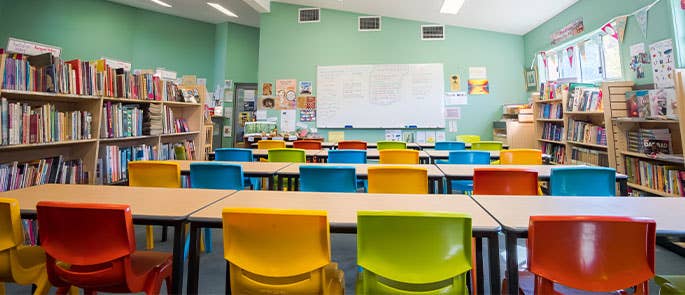
What are the Benefits of Expeditionary Learning?
There are many benefits of expeditionary learning, for both students and teachers alike. Taking learning outside of the classroom can be an effective, alternative way of schooling for many children, particularly if they struggle in a traditional classroom-based environment. The benefits of expeditionary learning include:
- Students are encouraged to think critically and overcome obstacles.
- Teamwork is improved through collaborative tasks.
- Students are given the opportunity to discover their own strengths and skills.
- Emotional intelligence is improved.
- It establishes a strong, positive community within the school.
- Hands-on tasks encourage student engagement and performance.
- Problem solving helps to build confidence and resilience.
- It builds a growth mindset, as students will experience real-life successes and failures.
- It helps to give relevance to learning, increasing student engagement.
- It encourages students to take ownership of their own learning.
- Students are given a direct link with nature and the environment.
- Self-reflection, self-development and critical thinking are improved.
Challenges in Implementing Expeditionary Learning
Whilst expeditionary learning can be highly beneficial for students, it can also create challenges for teachers and schools. Some of the challenges you might face when implementing expeditionary learning include:
- Expeditionary learning often requires substantial investment in travel, materials and personnel, which can be a major challenge for schools with limited budgets.
- Coordinating travel, food and other practical arrangements is time-consuming, particularly for diverse groups of students.
- Limited access to transport options can hinder a school’s ability to organise off-site learning experiences.
- Ensuring student safety during learning expeditions, especially in unfamiliar environments, demands a comprehensive school trip risk assessment.
- Planning, preparing and delivering expeditionary learning activities requires a significant amount of time and can lead to teacher burnout.
- Teachers may lack training or confidence in how to adapt lessons for expeditionary learning.
- Ensuring that activities meaningfully support the standards of the curriculum can be challenging.
- Traditional assessment methods may fail to identify the learning that expeditionary education provides.
- Some educators may lack training or confidence in expeditionary learning, which can hinder successful implementation.
- Parents and carers may question the academic value, safety or cost of expeditionary activities.
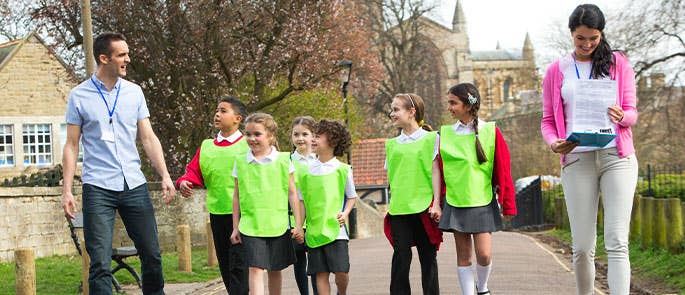
Expeditionary Learning Examples
H2: Expeditionary Learning Examples
Below are five examples of expeditionary learning in practice:
- English Literature – students create a walking tour based on local literature by:
- Reading books or poems by authors connected to the area.
- Researching the biography of a local writer.
- Writing a walking tour script or guide that people could use to learn from.
- Geography – students study the health of a local river’s ecosystem by:
- Collecting water samples and testing for pH and pollutants.
- Interviewing local environmental agencies and community members.
- Creating a presentation with recommendations on how to improve river health.
- History – students explore the history of their own neighbourhood or town by:
- Conducting interviews with long-time residents.
- Visiting historical landmarks and archives.
- Producing a museum-style exhibit.
- Biology – students create a community garden to study food and nutrition by:
- Designing, planting and maintaining the garden.
- Studying the plants, soil and types of agriculture.
- Donating produce grown to local charities.
- STEM – students design and build a small-scale renewable energy models by:
- Investigating types of renewable energy: wind, solar, and hydroelectric power.
- Building a working model.
- Presenting their designs at a science fair.
Expeditionary learning is an alternative approach to education that involves students going out into the real-world in order to learn. Rather than being based in a classroom, learning expeditions are set outdoors and encourage students to be independent, resilient and collaborative. Expeditionary learning can be highly beneficial for students but tricky for schools to implement however, as it requires a lot of planning and hard work by teachers.
Further Resources:
- CPD Courses for Teaching and Education
- What is Active Learning?
- What is Kinaesthetic Learning?
- What is the Problem-Solving Method of Teaching?
- 8 Teaching Methods to Use in the Classroom
- Collaborative Learning in the Classroom
- What is Problem-Based Learning?


